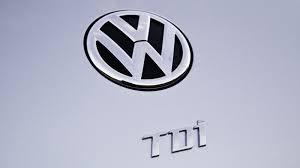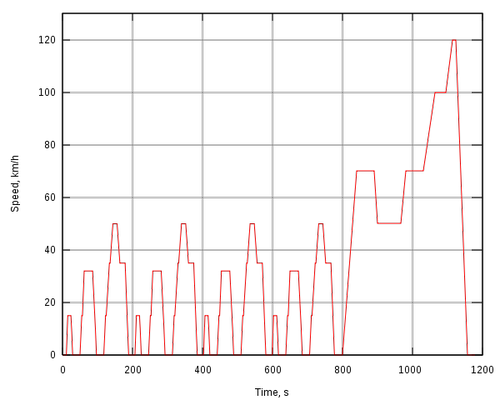VW Dieselgate Puts Auto Emission Control Systems in the Crosshairs
Clean diesel took a punch in the gut last September when regulators said Volkswagen Group was manipulating the pollution control devices in its diesel passenger cars to fool emissions tests.
January 21, 2016
Clean diesel took a punch in the gut last September when regulators said Volkswagen Group was manipulating the pollution control devices in its diesel passenger cars to fool emissions tests. The Dieselgate scandal might be just the tip of the iceberg, as a number of diesel models from various automakers perform differently in real-world driving than in emissions tests, says one study.
The International Council on Clean Transportation (ICCT) says it found diesel cars by Renault, Nissan, Hyundai, Citroen, Fiat, Volvo, and other makers emitted levels of nitrogen oxide (NOx) that exceeded European regulatory limits during more realistic driving conditions. A new testing framework by the EU, called the real-driving emissions (RDE) test, was scheduled to go into effect in January as a mandatory step for diesel passenger cars to prove that they can keep NOx emissions at reasonably low levels during a test that more closely represents real-world driving situations.

The ICCT study was published at the beginning of last September, two weeks before the US Environmental Protection Agency cited Volkswagen with a violation of the Clean Air Act for allegedly installing a “defeat device” in its 2009-2015 2.0-liter diesel passenger cars to circumvent EPA emission standards. In November, the EPA issued a second notice of violation for VW’s 2014-2016 3.0-liter diesel models for the same reason. Earlier this month, the Justice Department filed a complaint against the carmaker and its subsidiaries for alleged violations of the Clean Air Act.
To date, the violations have affected some 16 VW, Audi, and Porsche models. Other governments around the world have initiated investigations of their own against VW and other auto OEMs.
[Learn more electronic trends and developments at Pacific Design & Manufacturing, Feb. 9-11, at the Anaheim Convention Center.]
At the 32nd Chaos Communication Congress (32C3) held recently in Hamburg, Germany, a dual presentation by security researcher Felix Domke and automotive IT architect Daniel Lange provided insights into why automakers might develop emission systems that work differently between lab testing and the real world, and how such systems are devised. According to their analyses, VW’s emissions controls were able to detect vehicle testing conditions and subsequently alter the performance of the cars to stay within guidelines.
Over the past decade, clean diesel has progressed in the passenger car market through a combination of technologies. One of the important advancements in diesel's environmental performance was the introduction of ultra-low-sulfur diesel fuel, which brought a 97% reduction in sulfur content to highway diesel fuel, from 500 parts per million (ppm) down to 15 ppm.
The turmoil that has embroiled VW and threatens other diesel auto manufacturers involves emission controls, i.e., technologies designed to reduce NOx emissions and particulate matter (PM). Most have employed selective catalytic reduction (SCR), which typically injects a urea-based diesel exhaust fluid (or DEF, also known as AdBlue) as a catalyst to produce ammonia (NH3). The ammonia reduces nitrogen oxide to an exhaust of nitrogen, water, and a small amount of carbon dioxide.

New European Driving Cycle (NEDC).
(Source: Orzetto, Wikipedia)
On top of that, new diesel models reduce PM further by employing diesel particulate filters. These measures have resulted in what the EPA calls “new technology diesel exhaust” with greatly improved environmental performance.
The dilemma for diesel automakers is that the emission controls degrade fuel economy and acceleration performance during real-world driving. Volkswagen engineers allegedly programmed what some critics have dubbed a “cheat mode” into software so that the emissions system could tell when the car was being tested and temporarily improved its environmental performance. Under normal driving, the defeat device allegedly clicked in, improving vehicle performance but increasing NOx emissions up to nine times the EPA standard.
You May Also Like

.jpg?width=300&auto=webp&quality=80&disable=upscale)

